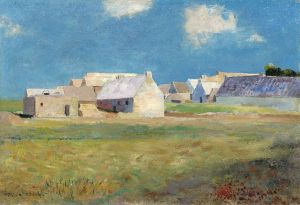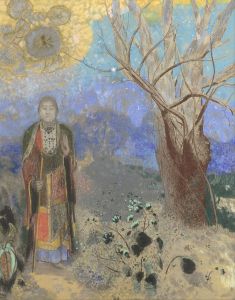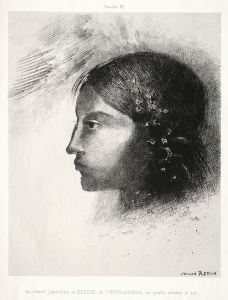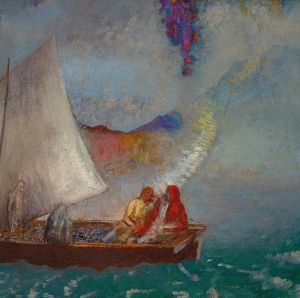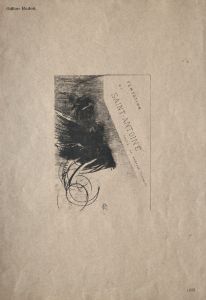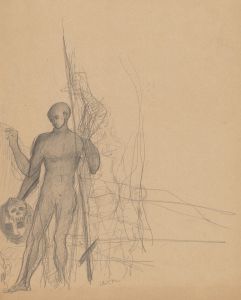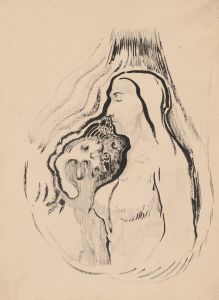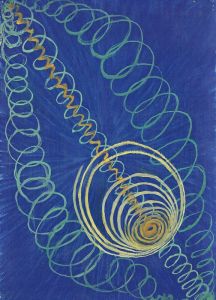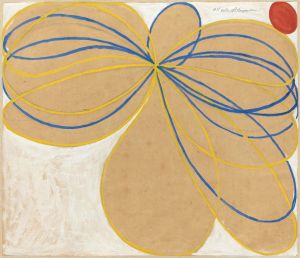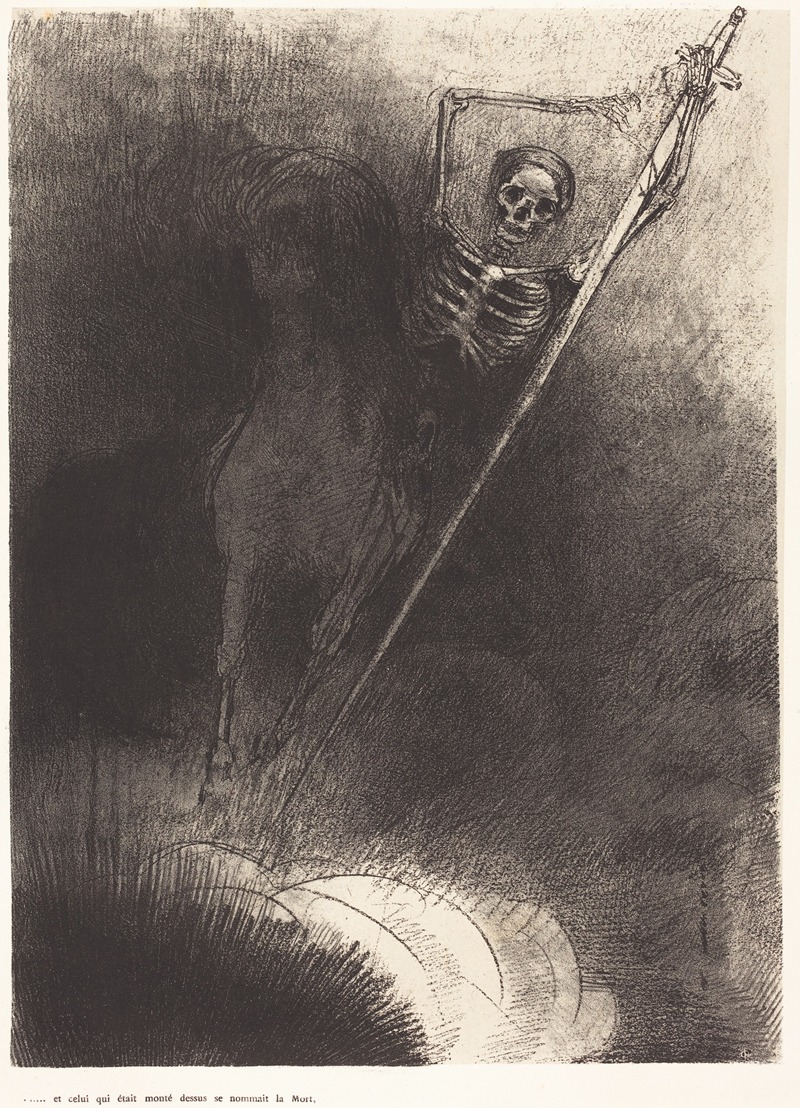
Et celui qui était monté dessus se nommait la Mort
A hand-painted replica of Odilon Redon’s masterpiece Et celui qui était monté dessus se nommait la Mort, meticulously crafted by professional artists to capture the true essence of the original. Each piece is created with museum-quality canvas and rare mineral pigments, carefully painted by experienced artists with delicate brushstrokes and rich, layered colors to perfectly recreate the texture of the original artwork. Unlike machine-printed reproductions, this hand-painted version brings the painting to life, infused with the artist’s emotions and skill in every stroke. Whether for personal collection or home decoration, it instantly elevates the artistic atmosphere of any space.
Odilon Redon was a French symbolist artist known for his unique and imaginative works that often explored themes of fantasy, dreams, and the subconscious. One of his notable works is "Et celui qui était monté dessus se nommait la Mort," which translates to "And the one who sat upon it was named Death." This piece is part of Redon's exploration of dark and mysterious themes, often drawing inspiration from literature, mythology, and his own introspective visions.
Redon was born in Bordeaux, France, in 1840 and developed an interest in art from a young age. He studied under Jean-Léon Gérôme and later with Rodolphe Bresdin, who introduced him to etching and lithography. Redon's early works were primarily charcoal drawings and lithographs, which he called his "noirs." These works were characterized by their monochromatic palette and often depicted fantastical and macabre subjects.
"Et celui qui était monté dessus se nommait la Mort" is a part of Redon's "noirs" series, where he delved into the exploration of existential themes and the human psyche. The title of the work is derived from the Book of Revelation in the Bible, specifically Revelation 6:8, which describes the Four Horsemen of the Apocalypse. The horseman named Death is one of these figures, symbolizing the inevitable end that comes to all living beings.
Redon's interpretation of this biblical passage is not a literal depiction but rather an imaginative and symbolic representation. The artwork reflects his interest in the unseen and the mysterious, capturing the viewer's imagination and evoking a sense of introspection. Redon's use of charcoal and lithography allowed him to create deep contrasts and intricate details, enhancing the ethereal and otherworldly quality of his work.
Throughout his career, Redon's art evolved from the dark and somber tones of his "noirs" to more colorful and vibrant works. However, his fascination with the themes of life, death, and the unknown remained a constant in his artistic journey. Redon's work has been associated with the Symbolist movement, which sought to express the emotional and spiritual experiences of the human condition through symbolic imagery.
"Et celui qui était monté dessus se nommait la Mort" exemplifies Redon's ability to convey complex themes through his unique artistic vision. His work has been influential in the development of modern art, inspiring future generations of artists to explore the depths of the human psyche and the mysteries of existence.
Redon's legacy is preserved in numerous museums and collections worldwide, where his works continue to captivate and inspire audiences. His contribution to the Symbolist movement and his exploration of the fantastical and the surreal have solidified his place as a significant figure in the history of art.





